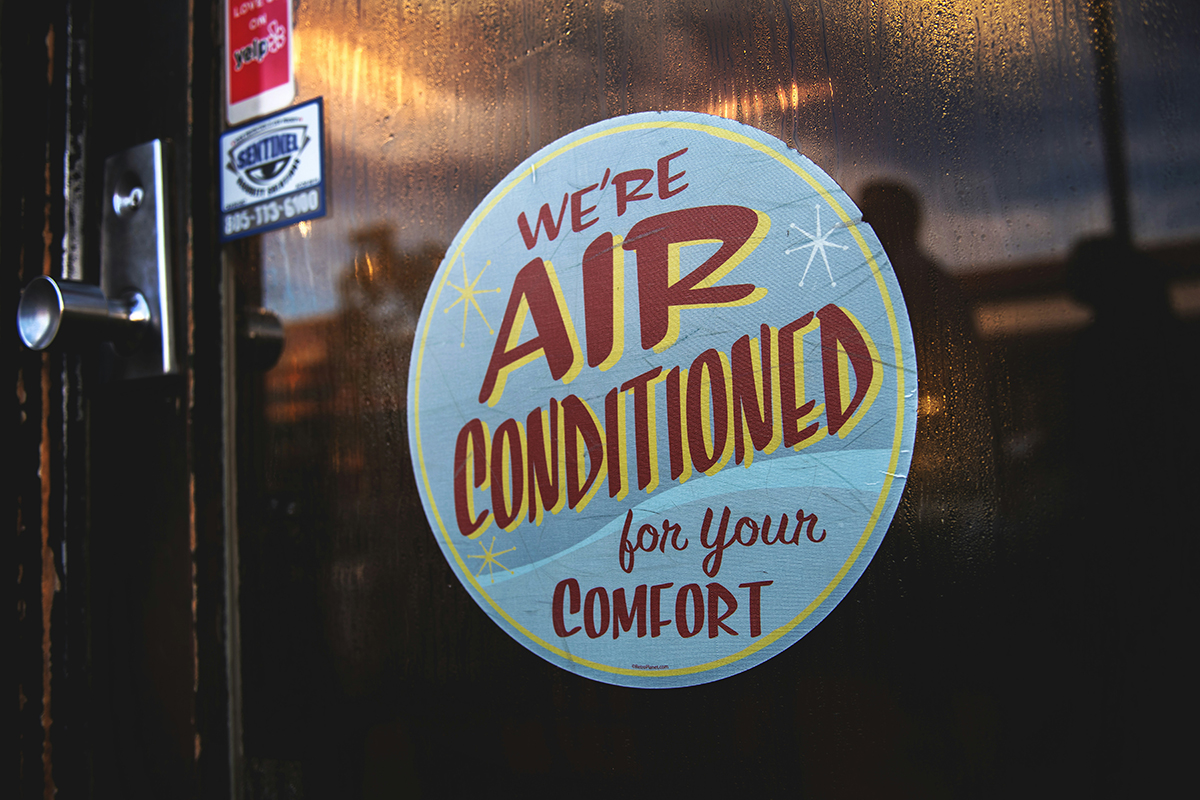March 22nd, 2025
How California’s Low-GWP Push is Reshaping HVAC Planning for Businesses
If you manage or own a commercial property in Southern California, 2025 brings a major shift in HVAC regulations. With California’s move to phase down high-GWP refrigerants like R-410A, R-32 is quickly becoming the new standard. This change directly impacts the systems you install, how they’re maintained, and how much you’ll spend over time.
What Is R-32 and Why Does It Matter?
R-32 (Difluoromethane) is a low global warming potential (GWP) refrigerant that’s replacing R-410A in both residential and commercial HVAC systems. With a GWP of just 675—about one-third of R-410A—it aligns with California Air Resources Board (CARB) regulations. For commercial HVAC, this change is more than a swap of refrigerants. It affects design, safety requirements, system availability, and long-term operating costs.
R-32 vs. R-410A: The Key Differences
|
Feature |
R-410A |
R-32 |
|---|---|---|
|
Global Warming Potential |
2,088 |
675 |
|
Energy Efficiency |
Moderate |
Higher |
|
Flammability Classification |
A1 (non-flammable) |
A2L (mildly flammable) |
|
Refrigerant Charge Needed |
Larger |
Smaller |
|
Regulatory Status (CA) |
Phasing Out |
Approved |
How R-32 Will Impact Commercial HVAC Planning
1. Equipment Availability Will Shift
As of January 1, 2025, manufacturers will no longer produce or import systems using R-410A in California. This will rapidly reduce the availability of legacy systems. If you’re planning an equipment upgrade, you’ll likely be choosing from a range of R-32 or other low-GWP A2L refrigerant systems.
2. Installation and Maintenance Requirements Are Changing
R-32’s A2L flammability rating requires new safety standards during installation, including updated ventilation guidelines and leak detection protocols. Technicians must also be trained and certified to work with A2L refrigerants. Avalon Air’s commercial HVAC team is already trained and equipped to meet these updated requirements.
3. Improved Efficiency, Lower Operating Costs
While upfront installation costs may increase slightly, R-32 systems are more efficient and use less refrigerant per unit. Over time, this translates to lower energy bills, reduced environmental impact, and greater system performance—especially in large-scale applications like warehouses, retail centers, and medical facilities.
4. Regulatory Compliance Is Non-Negotiable
California building codes have been updated to reflect CARB refrigerant mandates, especially under Title 24 and the South Coast Air Quality Management District (SCAQMD). If your system is not compliant, it may fail inspections, delay permits, or result in costly retrofits down the line. Avalon Air helps businesses stay ahead of these changes with compliance-first HVAC solutions.
What You Should Do Now
If your building’s HVAC system is more than 10 years old, uses R-410A, or is due for replacement in the next 2–3 years, now is the time to act. Avalon Air offers risk assessments to evaluate your system’s refrigerant compatibility, along with upgrade plans that align with new state requirements. We also offer financing options and ongoing maintenance support tailored to commercial properties.
Final Thoughts: Be Proactive About the R-32 Transition
2025 marks a critical transition point for HVAC systems in California. The businesses that adapt early will avoid compliance issues, save on long-term costs, and benefit from improved performance and sustainability. R-32 is here to stay, and commercial property owners who plan ahead will be well-positioned for the future.


